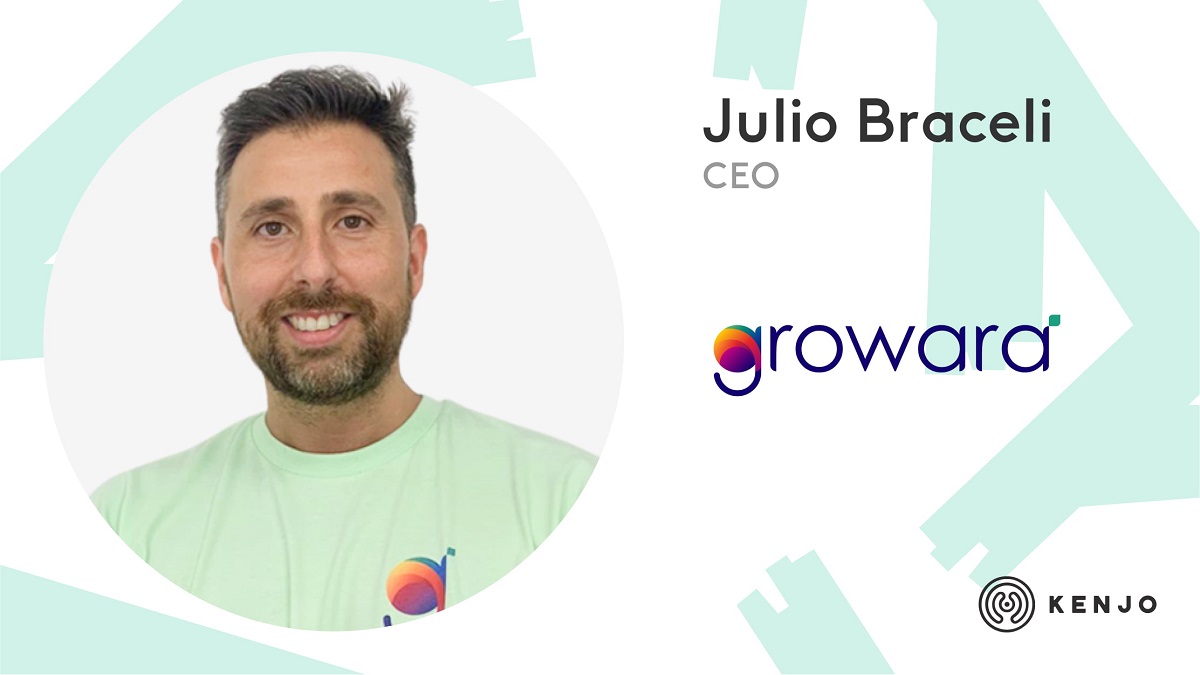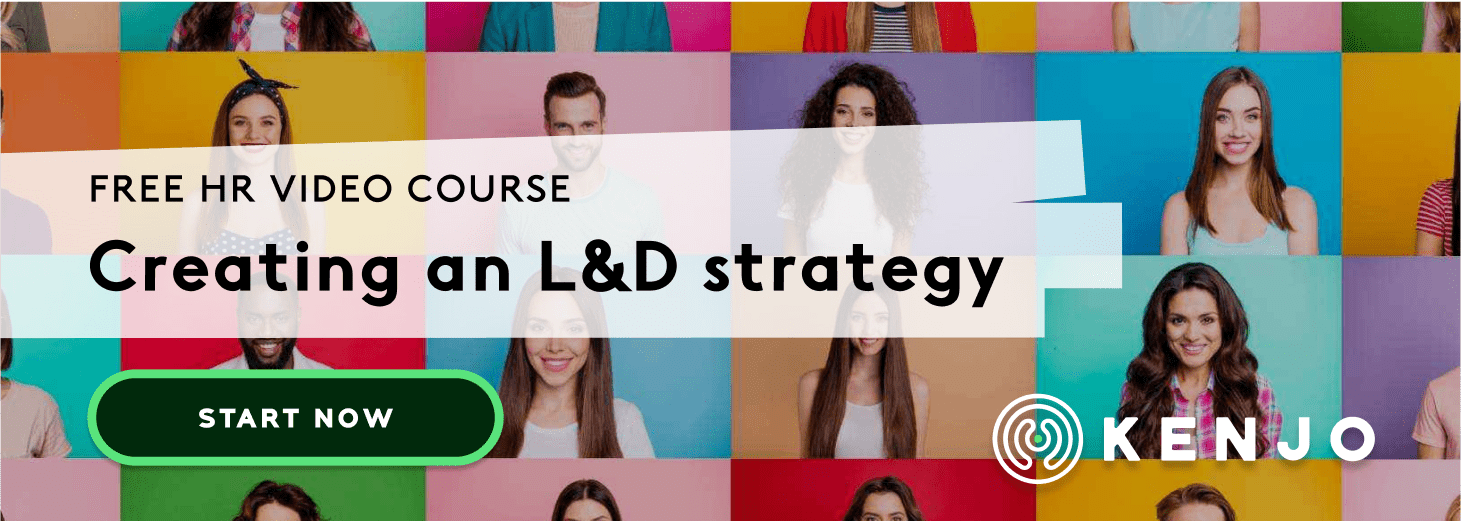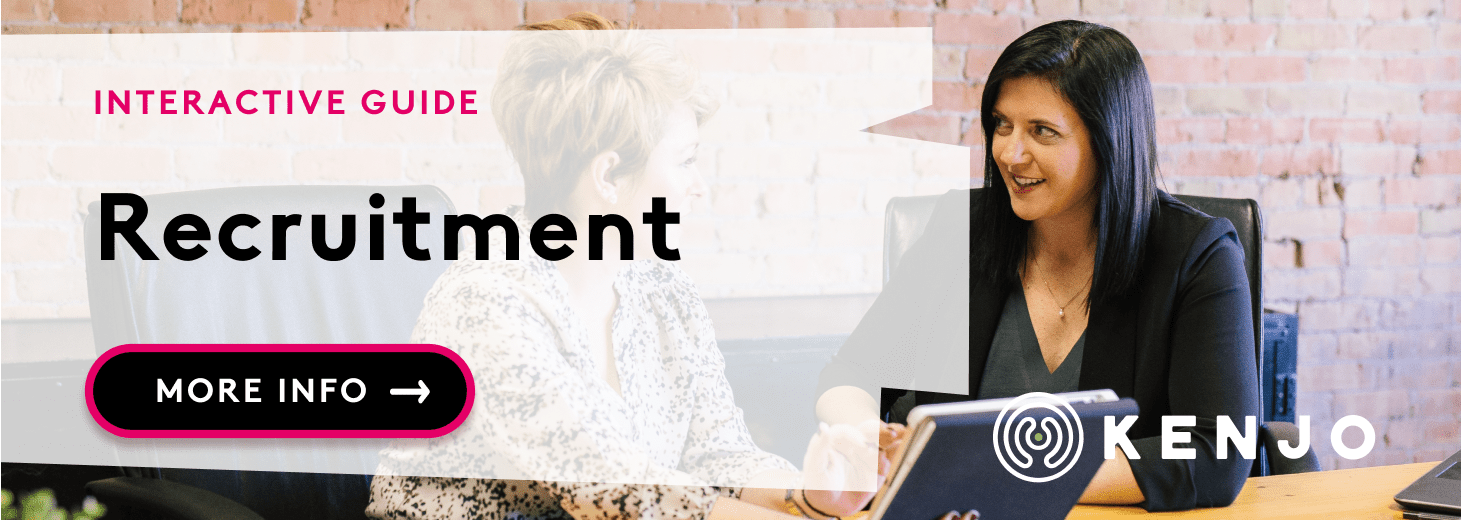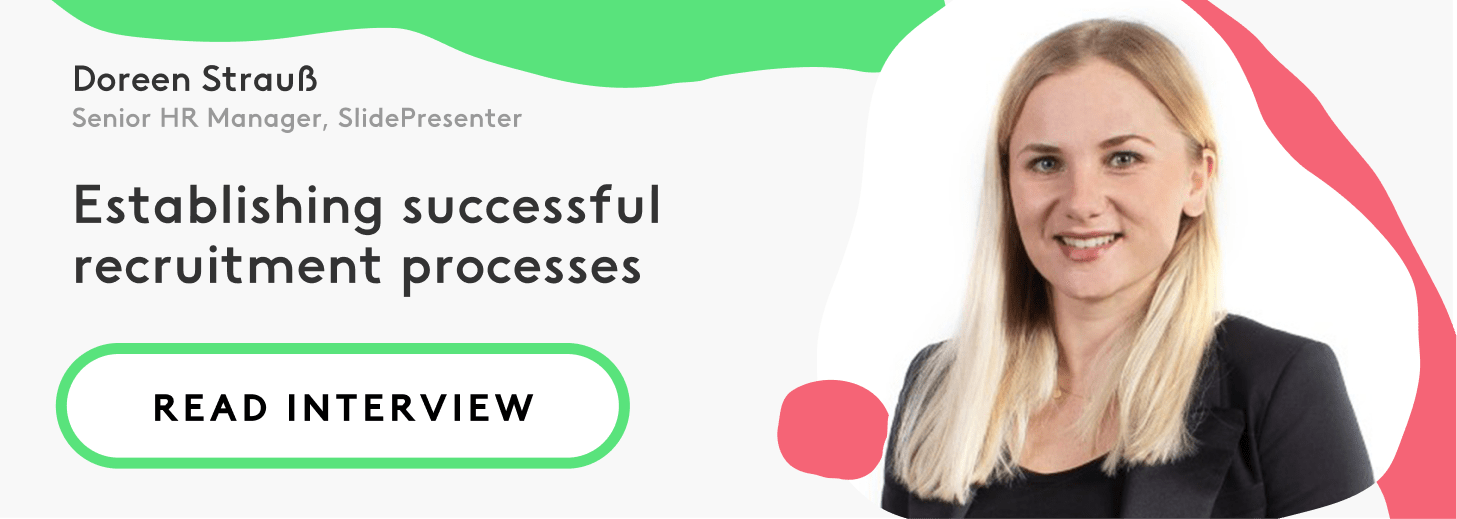How can you speed up recruitment without sacrificing candidate experience?

At Kenjo, we are very aware of the impact a good recruitment process can have, both at a company level and for candidates and future employees. It’s because of this that we designed our simple and easy-to-use specialist recruitment management tool, and why we invite experts in the field like Julio Braceli, CEO and founder of Spanish HR & Talent agency Growara, to contribute. In this article, Julio talks to us about how to streamline hires, improve the candidate experience, and choose the correct metrics to evaluate our efforts, among other topics.
Why we need to improve the selection process
The speed at which technology is evolving has opened up a gulf between what educational institutions are able to offer and what companies require. I think many organisations are still unaware that talent is finite, especially for technical posts relating to new technologies. New professionals are not emerging as fast as companies’ needs are growing, and this is a problem for any areas of talent acquisition that are not able to adapt.
Demand for this kind of talent is much greater than market supply, which has made a fast selection process as important as the quality of the hire itself.
At Growara, when we work with digital companies, start-ups and scale-ups to refine their recruiting, we often come across processes that are overly complex and inflexible, that do not deliver a sound candidate experience. It is paradoxical to find companies experiencing such ferocious growth in terms of expansion, turnover, and market share, while on the other hand sticking with traditional selection models that hold back the flow of talent acquisition.
During the two years in which we have helped more than 100 tech companies, we have learned some things that can help you speed up your selection processes. Here, I’m sharing the ones I think are most important for you to use as a starting point.
From Social Recruitment to Community Hiring
Social networks like Facebook, Twitter, LinkedIn, and many others, have been used for a number of years to communicate company value propositions to candidates with the aim of attracting them. However, it is not enough. Our proposition involves changing that strategy to one in which we create communities on other channels. We’re thinking of Twitch, Slack and Discord: applications where you can interact with your candidate directly, attract them by adding value, co-create side by side, offer training, or get to know their interests, among other things.
How do you execute a strategy like this? Well, unless you’re a community creation guru, a good start would be to analyse, copy and improve on communities people have built for other purposes.
Why does Spanish Frontend Engineer and GitHub Star Miguel Ángel Durán (@Midudev) have such a large community of developers? Because he directly adds value to their employability. For example, he uses his Twitch channel with more than 10,000 followers to teach people programming for free.
And now imagine, what if you were an e-commerce (for bikes for example) and you build a Twitch channel where you share your expertise, do Q&A sessions, etc? Wouldn’t it be faster to find talent within your community, as a constantly active and available pool? And if the talent is not there, won’t they recommend someone to you more quickly – and cheaply – than Facebook ads? One more positive: don’t forget that as well as being your talent pool, they are also your customers, and their community feedback can improve your product.
The Talent Value Proposition: much more than a job description
It may seem ridiculous, but there are still companies out there that think that, for the mere fact of their existence, hordes of talented people will want to work for them. I am a fan of a certain Spanish proverb which says, “what is it about my ugly child that I do not see.”
If we start with our initial thought that the best talent is finite, we need to do everything in our power to transform job adverts from a “shopping list” with 25 requirements, into a description along the lines of a Talent Value Proposition (TVP) for this specific role. The value proposition should work as a talent magnet and give people all the information they need without even contacting you, successfully attracting them.
This is part of what we call Inbound Recruiting, giving much more prominence to the company’s value proposition, to the challenges you will face in this position, to the people you will have in your close team, to the way of working, to the culture and benefits, than to the requirements of the post in particular.
One example is the work we do for Mercadona Tech who is looking to incorporate different roles into their online technology division in an appealing and different way. Towards the end of 2020, this area, which began in 2016, closed the year with a turnover of 176 million Euros. Since the beginning, their objective has been to position themselves as category leaders, with their own team of qualified professionals. To help them with their hiring strategy, we created, among other things, a recruitment page on our career site with customised brand philosophy and employee benefits, using informal, personable language that was able to connect with candidates.
The value of referrals
We understand that people who know us well can usually get it right when they recommend a film, a restaurant, or a book. The same is true in companies: we have silent internal ambassadors who enjoy working at our company, who feel passionate about the project, but who we don’t give any incentive to refer talent to us.
Referral programs don’t work if you only approach your team when you have an imminent need. When we’re talking about creating a long-term employee referral program, there are certain factors we need to take into account.
- Incentives: These could be remunerative, like what we had at Apple when I worked there, or extra holidays or even a simple thank you from the company leadership.
- Ease of use: try to make your referral program as easy as possible for your people. Intuitive, simple, and quick. Not long ago we created a video form at a scale-up for each vacancy, so that any internal team member could explain to us in less than a minute who they would recommend to us and why.
- Transparency: if your team makes the effort to participate in your hiring strategy, remember that you have a responsibility to be transparent with them and maintain sufficient flow of information to keep them up to date with what stage their referrals are at.
- Recognition: the cheapest and most effective motivational fuel. Think of creative ways to recognise someone who has brought talent into your company and acted as your brand ambassador.
Prioritise, automate, and evaluate correctly
- Eliminate whatever does not add value: like in marketing where we have a buyer persona, we create a candidate persona for our recruitment process and from this perspective, once we’ve defined the target talent, try to solve the following questions with your team:
-
- What result do I want at each stage of the process?
- Is there anything we can change to eliminate any steps entirely?
- Which steps lead to bottlenecks in the hiring process?
- During which stage of the recruitment process do most applications end voluntarily?
-
- Automate irrelevant but necessary tasks: this will help you apply the Japanese philosophy of Kaizen– a word that refers to continuous improvement in management processes – and in particular the first S of the 5 words that comprise its pillars. In this case, Seiri: the ability to distinguish between useful and useless.
- Choose your metrics well: you need to squeeze all the potential you can out of your Applicant Tracking System (ATS). It usually works well for training and challenging your team. Also, think about standardising the message around which procedures we automate and which ones we personalise. Carefully decide what you want to assess by analysing the why and the direction the specific metric takes you. If you had to choose only 4 of the more than 20 we can have, these would be:
-
- Time to Hire: calculating the time between a candidate being entered on an ATS and the moment they receive a job offer. This will allow you to compare your own success rates with similar processes and see how you save days as your strategy evolves.
- Quality of Hire: this is one of the most unique talent acquisition metrics because, depending on how we calculate it, it can be extremely revealing about the process. Some companies measure it by looking solely at whether the candidate passes the probation period, while others believe quality of hire should be measured when the team member advances within the organisation or has a pay review. But that is a topic for another article.
- Sourcing Channel Efficiency: if you want to improve your recruitment efficiency, start by optimising your acquisition channels. You can be really specific to find out where your candidates come from by using tools such as Google Analytics or Facebook metrics. You can also include surveys in your ATS and ask each candidate how they found your company. You can automate questionnaires with Typeform, which also relates to the final metric I’m going to talk about: the Net Promoter Score (NPS).
- Candidate Experience (NPS): Candidate experience involves the whole hiring process. It includes how candidates find out about a vacancy, develop an interest, apply, interview, and receive either an offer or rejection. The NPS not only helps us identify which elements promote process speed and quality, but also identifies our candidates’ main pain points when going through our process.
-
Create and nurture your Talent Pool
Creating an amazing candidate experience has been key at Growara to accelerate our hiring processes. It’s vital that you find a formula that helps you maintain a positive relationship with the talent that has placed their trust in your brand. This is not only for your reputation to attract new talent, but also because all these people that have gone through your processes without being selected now form part of your talent pool.
Creating a positive relationship with each candidate you assess means that in the future you can reduce the time to hire because you already have eligible people on your radar. Here is an example:
We hired someone for a management position about a year ago. During the process, we discovered another candidate who did not tick all the boxes for the post they had applied for. However, we liked their skillset and felt that they would be perfect for a forthcoming project we were going to manage. When this second job came up, not long after the first, we contacted them and had it sorted in less than 10 days. If they had come out of the first hiring process with a bad taste in their mouth, we would have had to start an entirely new search for a qualified candidate. But, because they had a positive experience, we reduced our time to hire to zero.
Ultimately, your employer brand is made up of each point of contact you have with candidates and your current team, from the first messages you send to applicants, to the exit interviews with the people who leave the project.
Creating an authentic and positive employer brand requires a lot of work but it is worth the effort. A company is only as great as its people.
About Julio Braceli.png?width=250&name=FOTO%20(1).png)
Julio Braceli is CEO and founder of Growara, an HR & Talent agency for start-ups and scale-ups. His main job involves building strong alliances with senior management roles, to help them improve and implement their talent acquisition strategy, leadership, employee organisation and management, with the aim of guaranteeing high performance teams. Previously, Julio was HR Director at Demium Startups, a network of European start-up incubators, and he has spent most of his career at multinational companies like Apple, Decathlon and Leroy Merlin.



